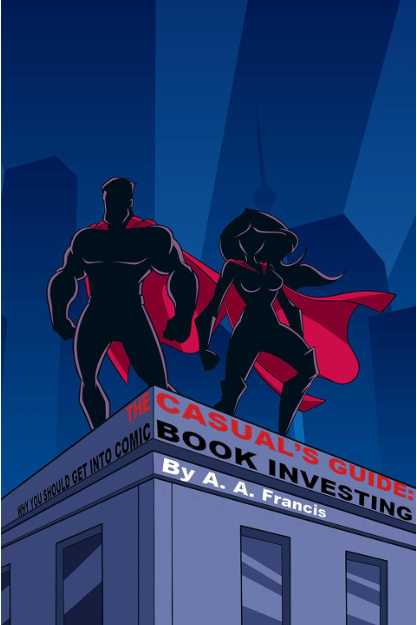11 Reasons Why Batman is a Menace, Not a Superhero
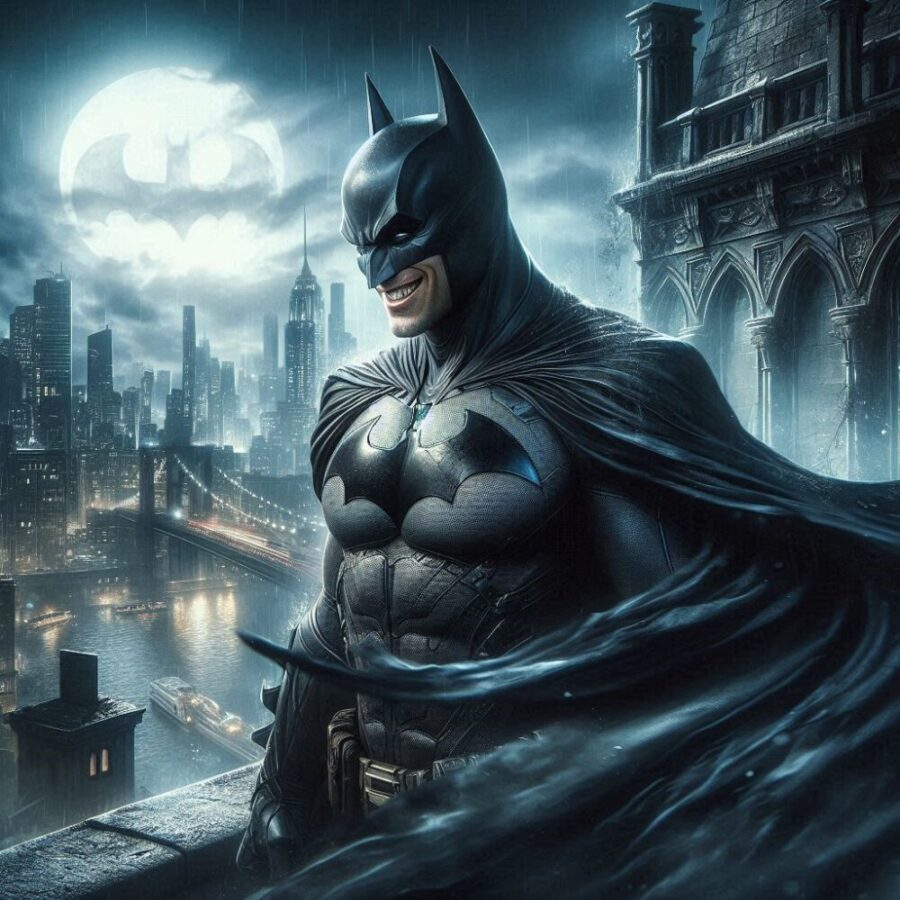
DALL-E
Batman is one of the most popular comic book characters ever created. Batman and Batman-related comics regularly outsell all other DC comics monthly. Many fans Batman’s sole superpower is “prep time,” or allowing his paranoia and cynicism to prepare for every possible future contingency. Batman has no superpowers. He is a human billionaire who dresses up as a bat to enforce arbitrary vigilantism. This is what makes Batman a menace to society.
If Elon Musk or Jeff Bezos dressed up as a bat to fight crime society and the criminal system would not cheer it. Bruce Wayne is an emotionally stunted and damaged man trauma-punching away the memory of his parent’s murder each time he suits up. He grooms child soldiers as sidekicks, barely protects his secret identity, and makes negligent decisions that constantly compromise and undermine his self-waged war on crime.
Here are 11 reasons Batman is a menace to the public, not a superhero.
1. Unresolved Trauma and Emotional Damage

123RF
Batman debuted in Detective Comics #27 in 1939. A child of privilege, Wayne witnessed his parent’s murder by a mugger as a child. It is a horrific trauma that Wayne has never tried to resolve with therapy or help from a professional. No one ever gets over such trauma, but there is no way to function normally again without help from professionals.
Batman is a menace because he is only fighting crime by proxy as a way to cope with his unhealed trauma. His every act as an arbitrary vigilante is to undo the deaths of his parents as a child; his every punch is an emotional salve on his unhealed trauma. Wayne is protecting the memory of Gotham City, the one that benefitted from his philanthropic parents, more than the current one. Who is Batman really fighting for?
2. Bruce Wayne Does Not Exist, Only Batman
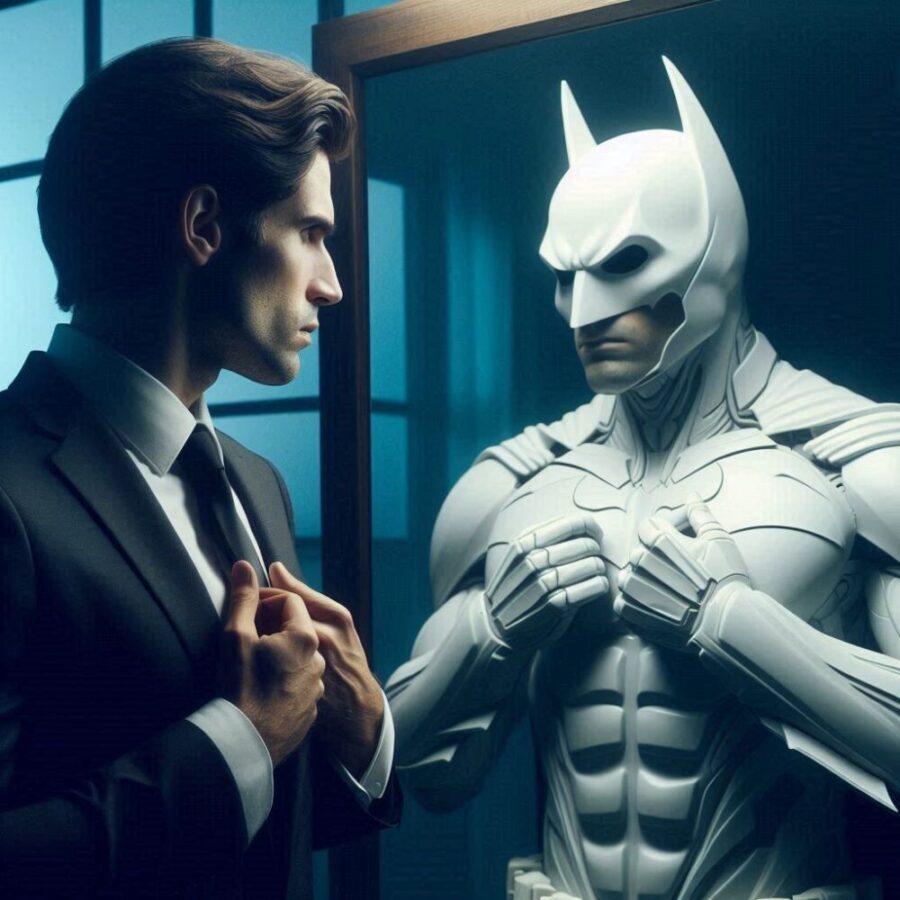
DALL-E
Bruce Wayne died when his parents died. What many non-comic book-reading fans may not know, is that Batman became the primary identity when Bruce began his training years later. Bruce Wayne is the alter ego of Batman. Bruce Wayne is a mask that allows Batman to exist and work more efficiently in the real world. This is canon in the comic books too.
In 2017’s Wonder Woman Annual #1, Wonder Woman asked Batman to hold her golden lasso, which compels others to tell the truth. When asked his name, Batman replied, “Batman.” Bruce seems to be an emotionally troubled man opting to hide behind the Batman persona. Batman is a menace, not a superhero if he does not know his true self.
3. Batman Has Split Personalities
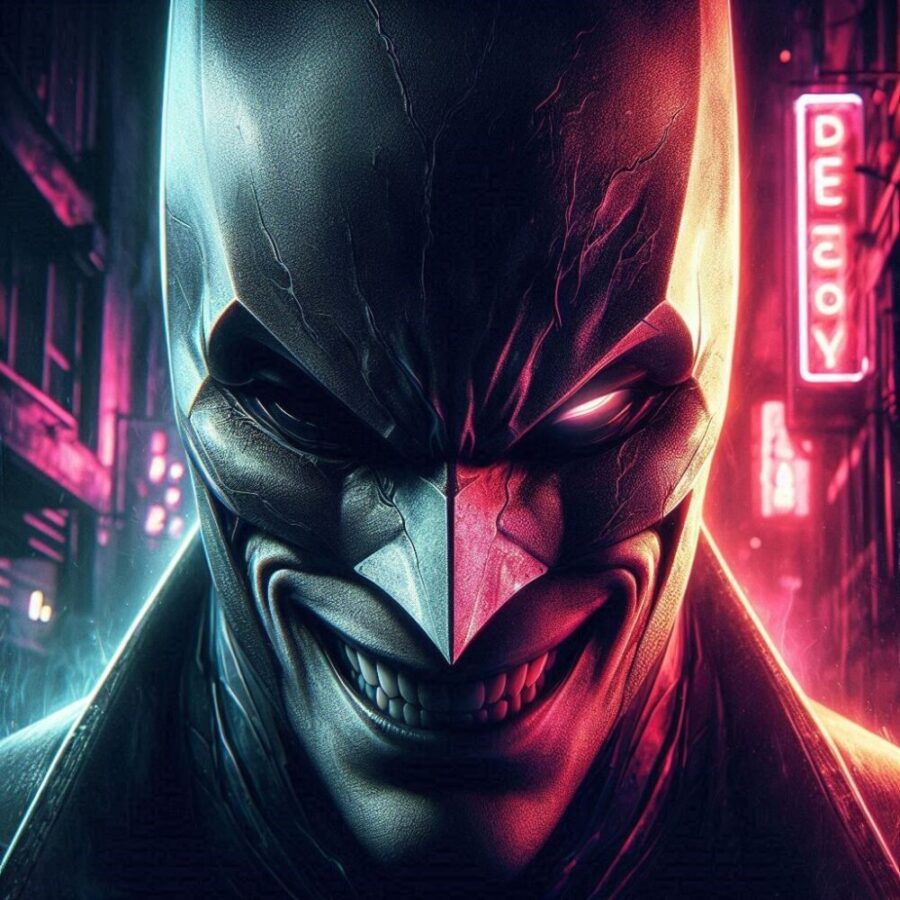
DALL-E
Batman of Zur En Arrh was an alien version of Batman introduced in Batman #113 in 1958. Later, Zur En Arrh was retconned to become a deeply hidden and very savage split personality that would take over Wayne’s mind if it ever became irrevocably compromised. Zur En Arrh wears a garishly colored red, purple, and yellow costume and fights crime with more savagery than Batman’s strategist approach.
Wayne sometimes assumes a gangster persona called Matches Malone to mingle in the underworld too. Batman is a menace to the public. At any moment, he could surrender his dominant personality to allow a split personality to take over. Which one of these personalities would you want to encounter if you lived in Gotham?
4. Batman’s Split Personality Has a Split Personality

DALL-E
Many years ago, Batman created an AI-enabled robot called Failsafe to neutralize him if he turned evil. The Penguin staged a public hoax convincing the world that Batman killed him, which activated Failsafe. Batman stopped Failsafe with great effort. Later, Zur En Arrh emerged and nearly took over Wayne’s conscious mind permanently. (This storyline is currently occurring in Batman canon.)
Somehow, Zur En Arrh separated itself from Wayne’s mind and uploaded itself into Failsafe. Batman’s split personality now has a split personality. Only Batman knew of Failsafe’s existence and created the Zur En Arrh persona. This implies Batman, consciously or not, uploaded Zur En Arrh into Failsafe. If this does not prove Batman is a menace to the public, what does?
5. Batman Used To Be a Junkie
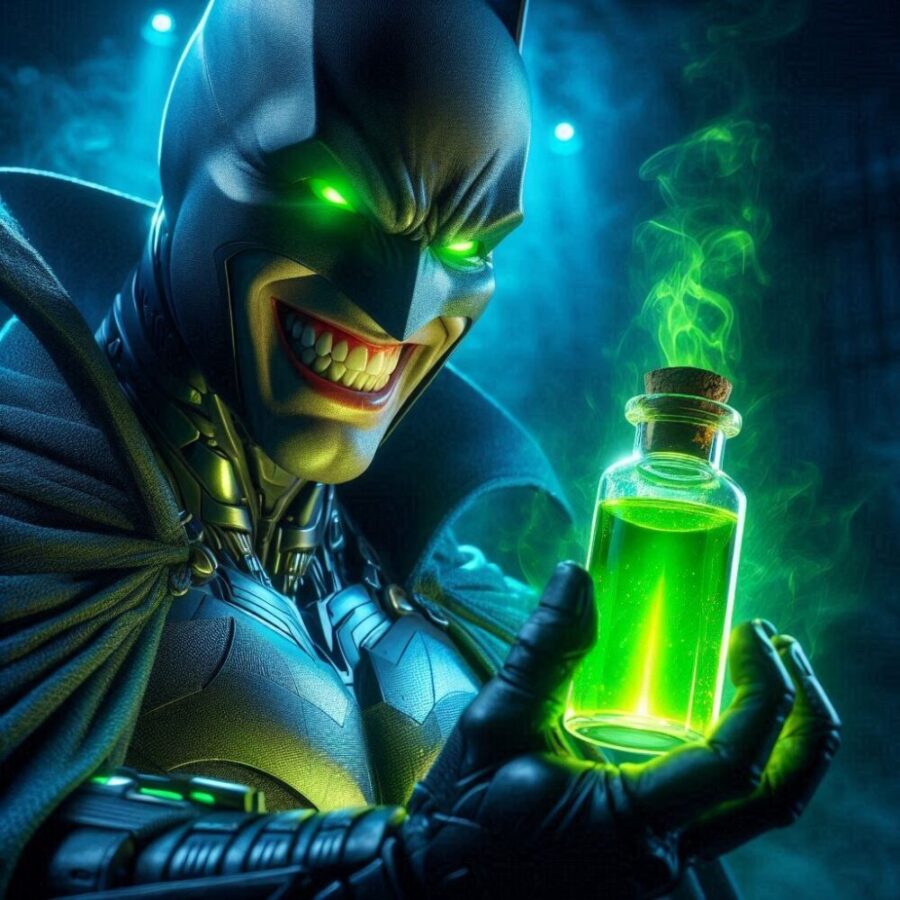
DALL-E
Batman was once a hopeless junkie willing to kill for his next fix. In Batman: Legends of the Dark Knight #16 – #20 from 1991, Batman watches in horror as a child he tried to save drowns. The child is the daughter of a scientist perfecting a drug called Venom that augments strength in users. Still, the side effect is users become addicted and savage. Batman becomes hopelessly addicted to Venom, and gains more muscle mass, but becomes more savage and less analytical.
When confronted with depleting supplies of Venom, an alternate supplier promises to give Batman more of it if he kills Commissioner Gordon. Batman wanted to do it. Batman had to lock himself in the Batcave for weeks to detox and wean himself off Venom. Batman was addicted to Venom before Bane. This proves Batman is a menace willing to do anything as a vigilante.
6. Gotham City is Never Safe
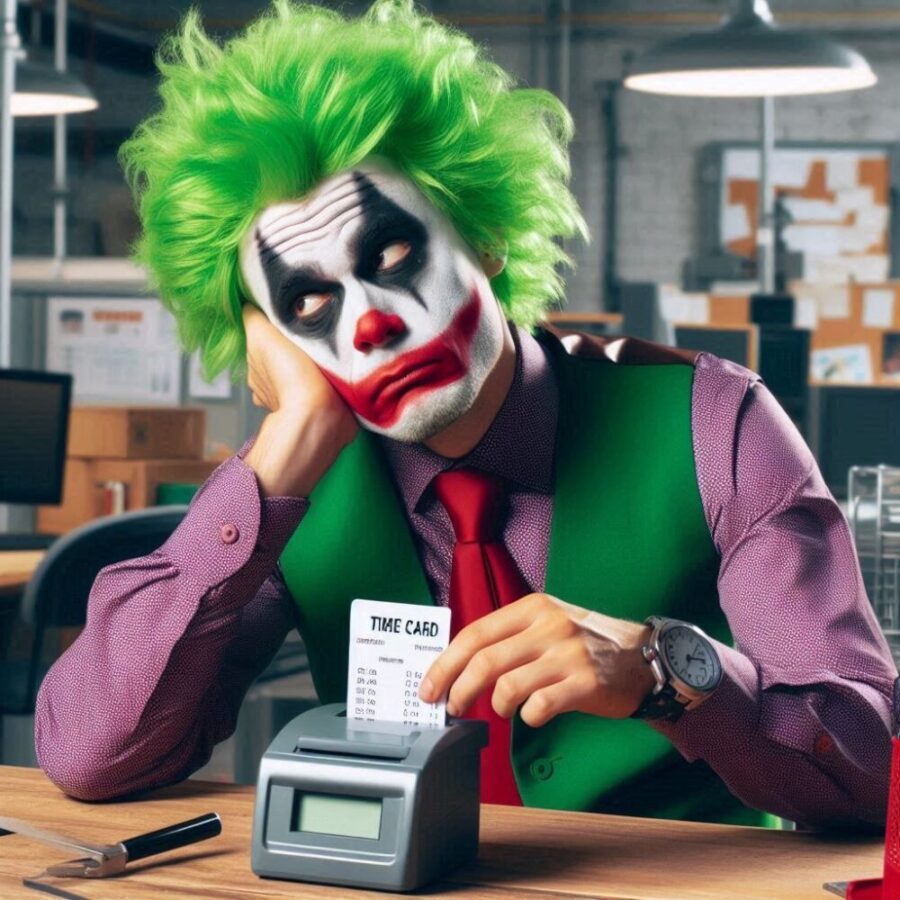
DALL-E
In the early history of Batman comics, the character used a gun. In modern comic books, Batman has a vow of never killing criminals. While that is honorable, it must be noted that Batman is not effective at his job since the obscenely corrupt Gotham criminal system creates a revolving door where the Joker, Two-Face, The Riddler, and other criminals commit heinous, citywide crimes with impunity and little consequence.
Batman can’t stop the Joker, a 90-pound frail clown who giggles. The Joker terrorizes Gotham whenever he wants; Batman punches him, the Joker is locked up, and escapes. Wash, rinse repeat. What use is Batman if the status quo never changes? Having constant crime waves enables Batman’s unhealed trauma but doesn’t help Gotham.
7. Batman’s Sidekicks are Groomed Child Soldiers
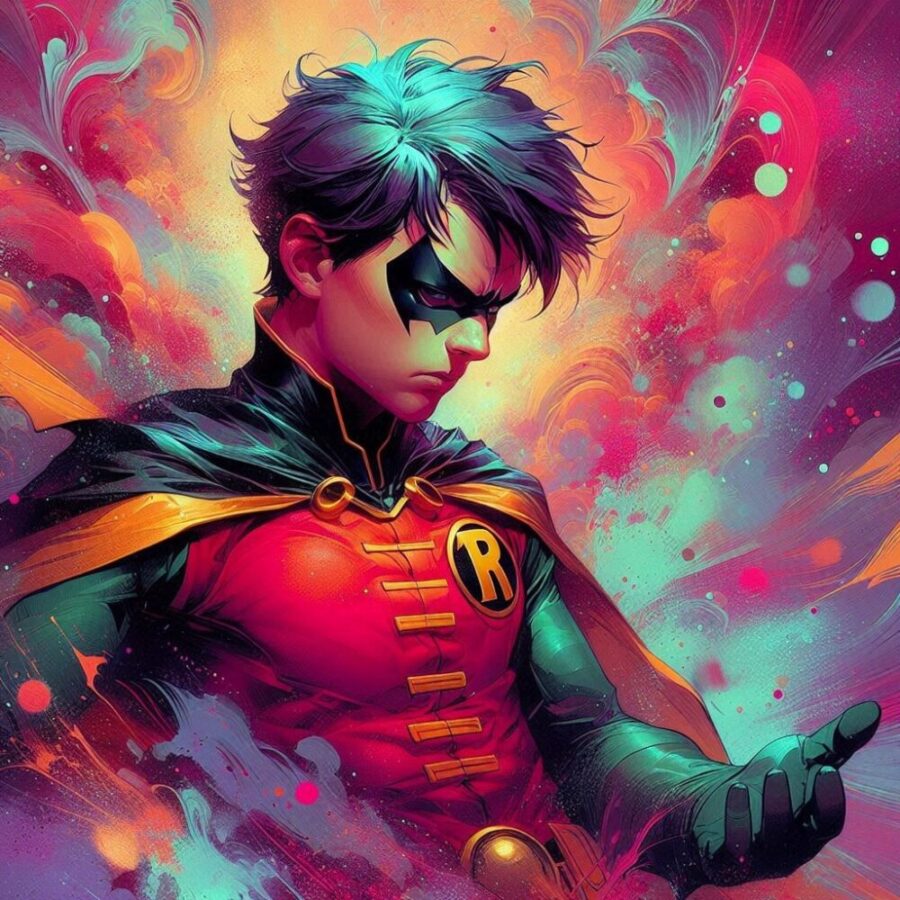
DALL-E
In the comic books, Robin is usually depicted as a child between the ages of 10 to 13. In the real world, a vigilante training children for vigilantism in high-crime areas and exposing them to constant danger would be accused of grooming child soldiers. It would not be applauded.
Batman wears a dark-colored costume to blend into the shadows. Robin, a child fighting violent crime, wears a bright red, yellow, and green uniform like an unwitting target to draw attention away from Batman. Why would a grown man, a competent vigilante, need a 10-year-old sidekick?
Perhaps Batman trains sidekicks to be the living weapon he wishes he were when he was a child. Whatever the reason, Robin is a young child who dodges gunfire and is constantly exposed to danger, all under Batman’s guidance. Batman is a menace, not a hero.
8. Batman Inspires Others to Become Vigilantes

DALL-E
Batman regularly trains and inspires others, usually children, teens, and young adults, to be vigilantes. His son Damian Wayne, Tim Drake, Jason Todd, Dick Grayson, Barbara Gordon, and many others were trained by him to be vigilantes. Dick Grayson, a former Robin, became Nightwing. Barbara Gordon, daughter of police commissioner Jim Gordon, became Batgirl.
Almost a dozen children were trained or inspired by Batman to use the Robin persona. Huntress, inspired by Batman, trained herself to become a vigilante. If Batman can barely keep it together as a vigilante, is Gotham safer with so many copycats running around? This issue was touched upon in 2008’s The Dark Knight, where Batman copycats endangered themselves and the city emulating Christian Bale’s Batman
9. Batman’s Villains Emotionally Compromise Him
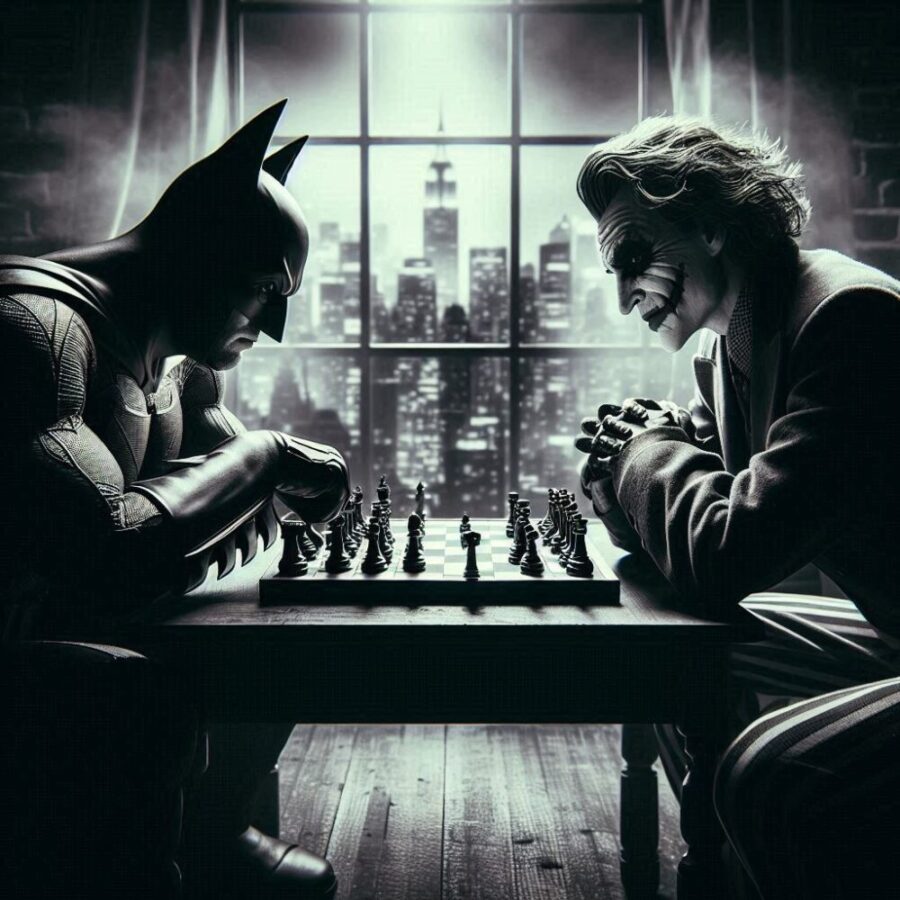
DALL-E
Batman is a menace because his vigilantism is always emotionally compromised or undermined by his villains. Catwoman is his lover and arch-nemesis. Batman and the Joker won’t kill the other, since they view each other as both sides of the same coin. In the 2020 Joker War storyline, the Joker stole Batman’s fortune, leaving him penniless. Lex Luthor had to finance Batman’s activities for some time after this debacle.
His son and child sidekick, Damian Wayne, is the grandson of one of his greatest enemies, Ra’s Al Ghul. Talia Al Ghul is Damian’s mother, Ra’s Al Ghul’s daughter, and also one of Batman’s lovers/villains. How is he never emotionally conflicted to act in the public best interest as a vigilante? How is Batman not emotionally compromised in any of the aforementioned issues?
10. Everyone Knows His Secret Identity
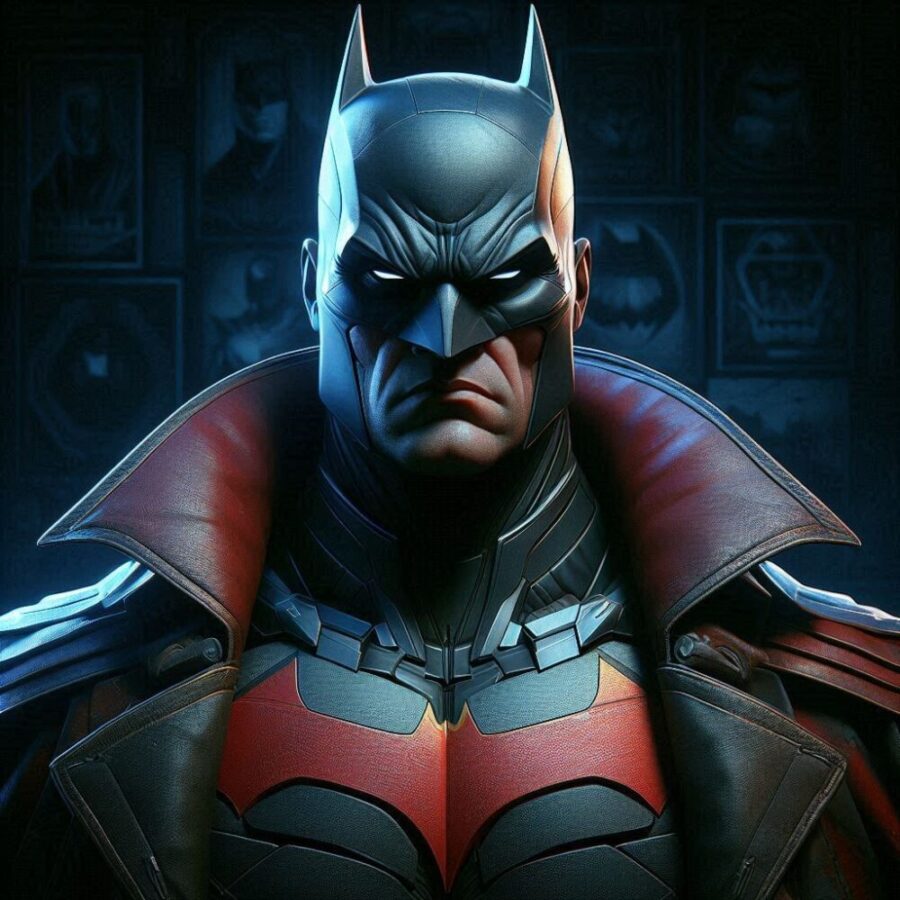
Lex Luthor, Deathstroke, Bane, Joker, Ra’s and Talia Al Ghul, Riddler, Hush, Amanda Waller, Catwoman, and other villains know Bruce Wayne is Batman. The extended Batman family, which includes all his child and teenage vigilante sidekicks, allies, Alfred the Butler, and Lucious Fox, among others, know Bruce Wayne and Batman are the same. How can he operate efficiently if so many people know his secret and leverage it against him?
11. Batman is Ultra-Paranoid and Endangers Allies
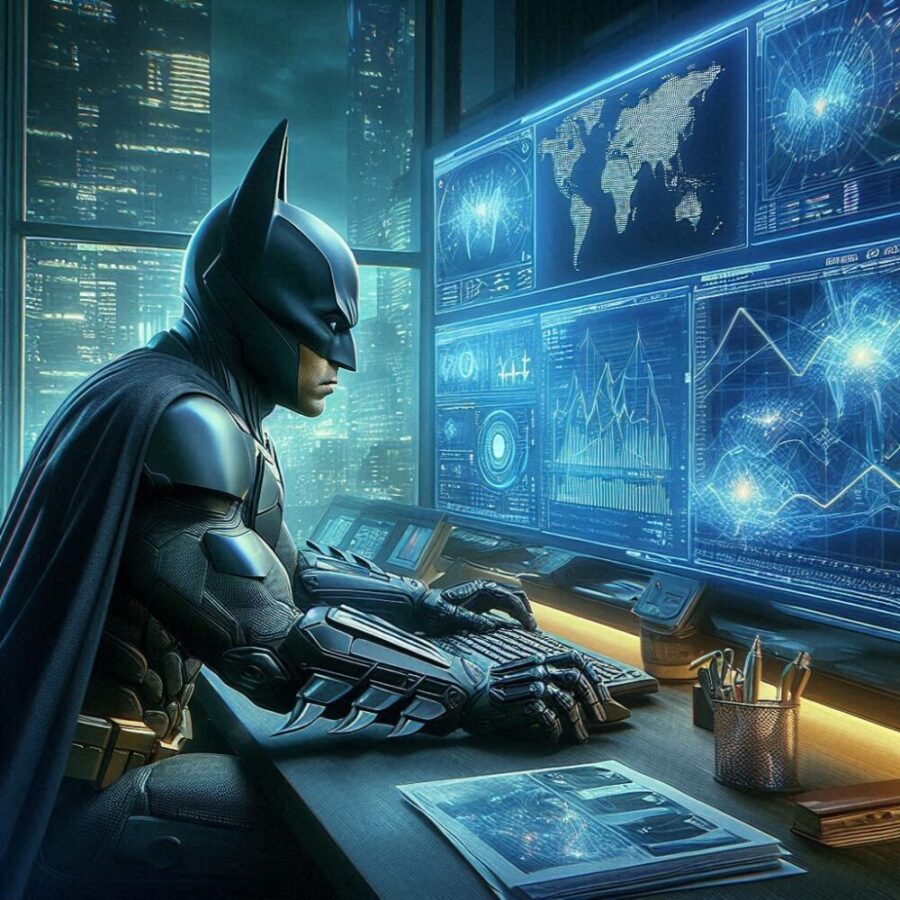
DALL-E
Batman trusts no one, not even his Justice League colleagues. Batman is a menace because he is paranoid, backstabbing, and never truly sees allies as allies, only tools. In JLA issues #43 – #46 from 2000, Batman developed countermeasures to incapacitate or kill his Justice League colleagues if they ever went evil. A mental suggestion was implanted in Aquaman to make him scared of water. The Flash had a device shot in his spine making him have speed-of-light seizures.
Almost every Justice League member was attacked. Still, Batman didn’t do it directly. His JL countermeasure files were stolen and executed by Ra’s Al Ghul. Batman is heralded by fans as a master tactician with the power of “prep time.” Yet, he couldn’t safeguard the JL kill files he wrote as a contingency from his enemy.
Is Batman Truly a Menace?
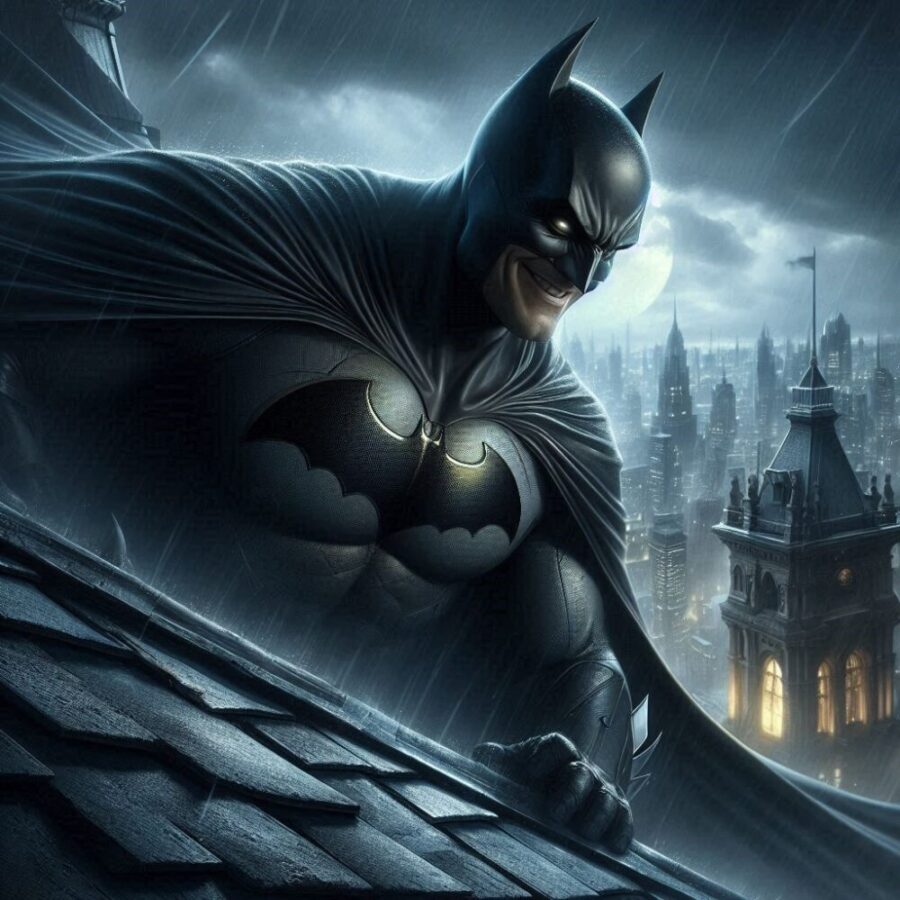
DALL-E
Comic book fans debate the powers and moral actions of superheroes all of the time. Batman regularly outsells Superman comic books. Debating such issues, like if Batman is a menace to society, is part of the fun of being a comic book geek. So, as a comic book fan, shouldn’t you ask why? Batman has no superpowers. Batman is a menace to Gotham City who probably causes more problems than he solves. Is he a menace, or not?
Read More
Exploring the Multiverse: 12 DCU Alternate Realities That Will Blow Your Mind
Marvel’s Top 10 Most Powerful Women Superheroes
.

Allen Francis is a full-time writer, prolific comic book investor and author of The Casual’s Guide: Why You Should Get Into Comic Book Investing. Allen holds a BA degree from Marymount Manhattan College. Before becoming a writer Allen was an academic advisor, librarian, and college adjunct for many years. Allen is an advocate of best personal financial practices including saving and investing in your own small business.




